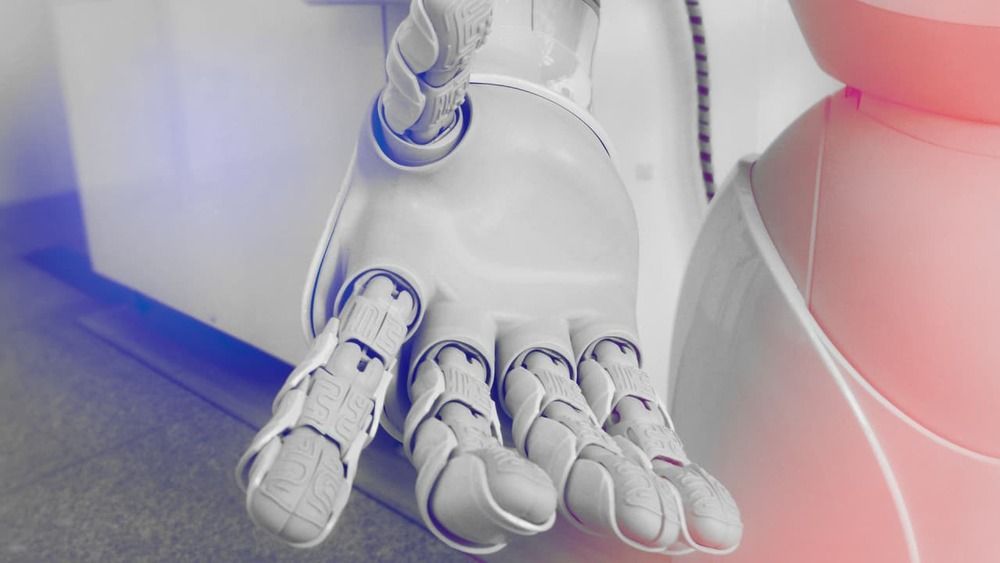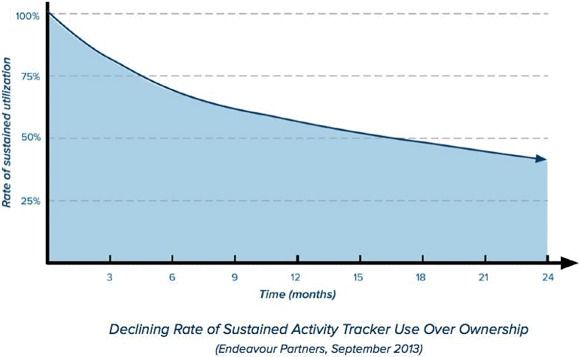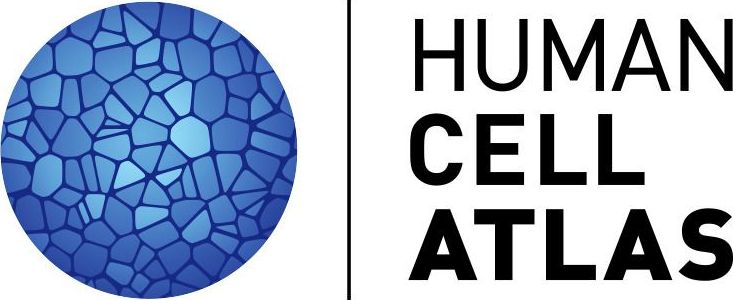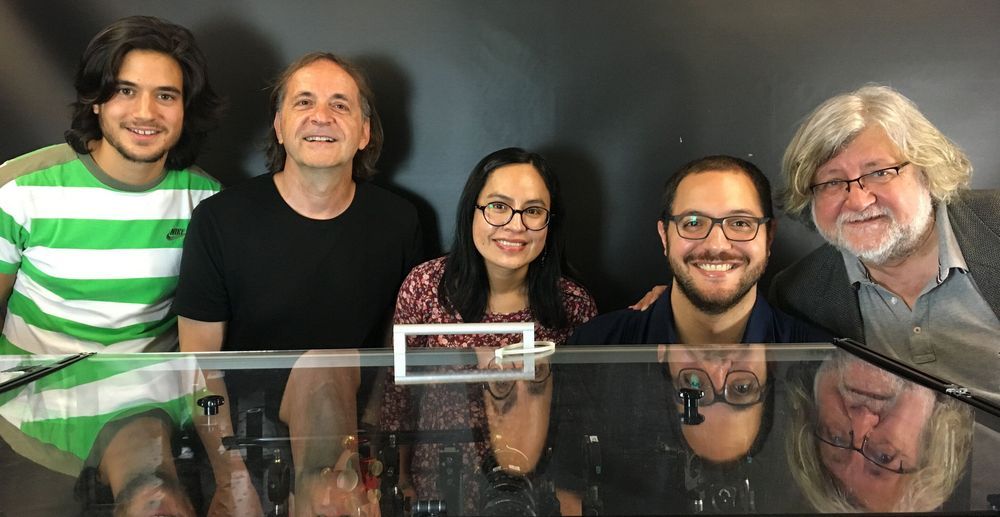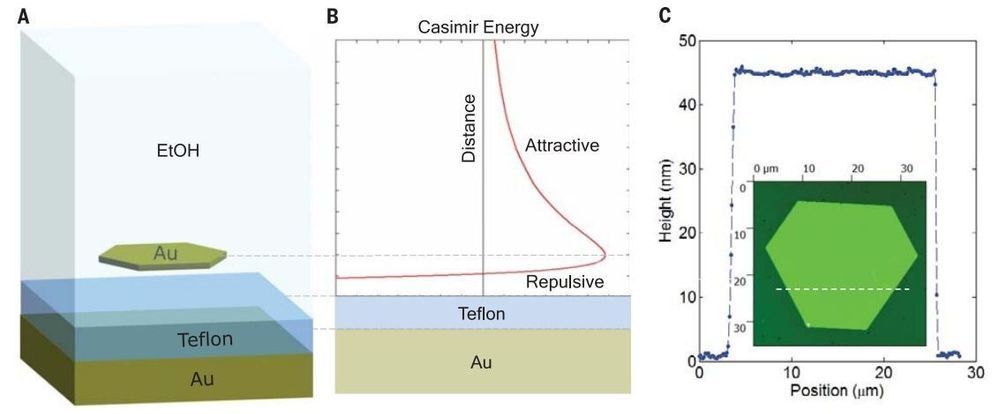Page 8711
Jun 10, 2019
The Emerging World of Touchless Biosensors
Posted by Richard Christophr Saragoza in categories: electronics, wearables
Biosensors can also be sprayed.
A new touchless world of biosensing is emerging, and its implications are unequivocal. What does this mean for wearables, telehealth, and research?
The Human Cell Atlas (HCA) is a global collaboration to map and characterize all cells in a healthy human body: cell types, numbers, locations, relationships, and molecular components. It will require advances in single-cell RNA sequencing, image-based transcriptomics and proteomics, tissue handling protocols, data analysis, and more. Once complete, it will be a fundamental resource for scientists, allowing them to better understand how healthy cells work, and what goes wrong when disease strikes.
The idea for the HCA grew from an enthusiastic scientific community, and represents a collaborative effort to increase the impact of single-cell biology by federating results from different organs, cell types, experimental approaches, and countries, without suppressing the dynamism of individual communities and projects. The HCA project welcomes participation by scientists, physicians, and engineers around the world. CZI joins groups such as the Wellcome Trust, the European Bioinformatics Institute (EMBL-EBI), the Broad Institute, the Sanger Institute, and UC Santa Cruz to support this work. We are supporting the HCA through a variety of mechanisms, including:
Jun 10, 2019
This directory contains the Sierra Leone 2014 (G3683/KM034562.1/eboVir3)
Posted by Richard Christophr Saragoza in category: biotech/medical
This directory contains the Sierra Leone 2014 (G3683/KM034562.1/eboVir3)
Assembly of the Ebola virus 2014 genome
(eboVir3, West Africa 01 June 2014 EBOV/G3683/KM034562.1).
Continue reading “This directory contains the Sierra Leone 2014 (G3683/KM034562.1/eboVir3)” »
Jun 10, 2019
Mathematical Beauty Activates Same Brain Region as Great Art or Music
Posted by Quinn Sena in categories: mathematics, media & arts, neuroscience
People who appreciate the beauty of mathematics activate the same part of their brain when they look at aesthetically pleasing formula as others do when appreciating art or music, suggesting that ther.
Jun 10, 2019
Can Self-Replicating Robots Lead To A Society Without Scarcity?
Posted by Quinn Sena in categories: 3D printing, economics, governance, robotics/AI

The status quo of economies today seems to be leaning towards automation as the base provider of all products and services. Owing to rise of robots in factories and AI in computing, automation is becoming one of the most integral parts of society.
While self-replicating robots have largely been kept to science fiction books, their rise is becoming more and more likely with the rise of supplementary technologies such as 3D printing.
This technology could hold the key to a truly post-scarcity society. The question then arises, how would the rise of a post-scarcity society affect human institutions such as economy and governance that rely on scarcity?
Continue reading “Can Self-Replicating Robots Lead To A Society Without Scarcity?” »
Skyrocketing pixel counts are making for a more immersive viewing experience. Here’s why.
By Vox Creative
Jun 10, 2019
Multicolored light twists in new knotted ways
Posted by Quinn Sena in category: futurism
Around age six, we start learning how to tie our shoelaces, making knots that look like ribbons—or possibly more complex forms, if we are a little clumsy. We use knots every day, but the type of knots we generally use are associated with physical objects, things we can touch.
Although it can be hard to image, light can also be shaped in ways that form knotted configurations, whose shape depends on the orbital angular momentum of the light. This parameter is responsible for making the beam of light twist around its own axis, generating different knot shapes, and expanding to a new degree of freedom that can carry valuable information.
Learning and mastering how to generate twisted light—light with orbital angular momentum—has been a thriving field of study for the past 20 years. Unlike spin angular momentum, which is associated with the polarization of light, orbital angular momentum is associated with the spatial distribution of the electric field. These two types of angular momentum can also be coupled, which results in a variety of light fields of different shapes with polarizations that change from point to point.
Continue reading “Multicolored light twists in new knotted ways” »
Jun 10, 2019
Matrix’s PowerWatch 2 needs no charger, uses body heat and solar power
Posted by Quinn Sena in categories: solar power, sustainability
Jun 10, 2019
Researchers find a way to make Casimir effect attract or repulse depending on gap size
Posted by Quinn Sena in categories: nanotechnology, quantum physics
A team of researchers from the University of California at Berkeley and Lawrence Berkeley National Laboratory has found a way to make the Casimir effect attract or repulse depending on the size of the gap between two objects. In their paper published in the journal Science, the group describes their technique and possible applications.
The Casimir effect, first proposed by Hendrik Casimir back in 1948, is the phenomenon in which two tiny surfaces in close proximity experience a force that pulls them closer together. Quantum fluctuations inside and outside of the gap push against the plates, but because those pushing from the outside are stronger, they create an attractive force between the two plates. The Casimir effect is more than a curiosity, because it can create problems in nanotechnology applications.
Just two years after Casimir first proposed the effect, others in the field began making predictions about ways to counter it—making it repulsive rather than attractive, for example, in the case of fluids and plates made of lower refractive metals. Then, in 2010, a team at MIT suggested that it should be possible to counter both attractive and repulsive effects to create a state of equilibrium between the two plates. In this new effort, the researchers report that they have done just that.
